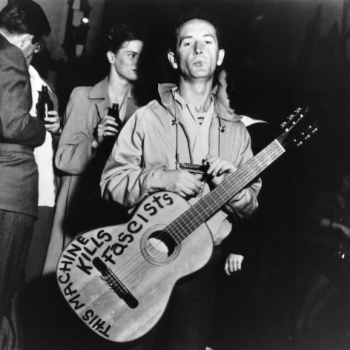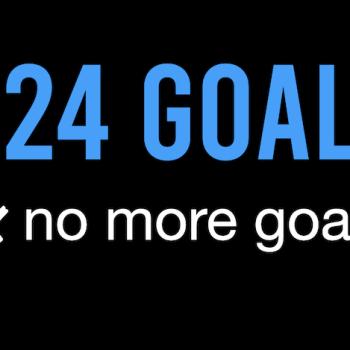I’ve got a new article up at the Huffington Post about the failures of the mega-church model. I couldn’t say all that I wanted to say in the article because of the limits of space. A couple clarifying things I will add here are addressed specifically at some of the comments & the tweet from Rick Warren.
I have spent most of my professional life living between the worlds of the small church and the mega-church. In Satellite Soul, we spent a ton of our time playing in mega-churches and small churches alike. During my run with Satellite Soul, and as I navigated the church planting world, I attended many conferences at Willow Creek (I was there at least a half-dozen times), and Northpoint (just one conference there), and scores of video conference events & meetings. Mega-church pastors – Hybels, Stanley, and Warren in particular – have encouraged me in the past. I’ve learned a lot from them.
I was also on staff with a mega-church (
Heartland Community Church), for whom I have great respect and admiration. Heartland has supported me a ton while I toured with S. Soul, and then helped to plant three churches here in the area which are all a part of the Heartland family:
Lakeland Community Church (Lee’s Summit),
Redemption Church (Olathe), and
Vintage Church (Lawrence). While some of the negative dynamics of the mega-church are inescapable because they are systemic, I think Heartland has done as good a job as any mega-church at mitigating those dynamics. Still, it is not hard to recall events from their history which fit into each of the three critiques I am making.
So, when I critique the model, I feel like I’m doing it as at least a partial insider. It’s possible to love and respect something & critique it at the same time. While planting churches we were always a smaller church which was attempting to copy the leadership practices of the mega-church. I believe this has given me some insight into the intrinsic pressures, stress points, and weaknesses of the mega-church model as a whole. Yet, my critique is primarily theological – it’s about an ecclesiology which becomes thinned out, ignored, or even erased in certain environments. I think the mega-church will always struggle to embody the gospel in a way that is good news for the city simply because their size dictates their options, counting out certain kenotic practices which would be lethal to a church that large. Thus the mega-church must ignore or marginalize certain essential elements of a robust ecclesiology. My argument is that those elements are essential to the gospel and thus to embodying the gospel to any great degree. So – this is a theological argument first & doesn’t mean I don’t love HCC, Bill Hybels, Andy Stanley & Rick Warren or their churches!
While no model is perfect, I’m trying to advance the idea that the best way to reach neighborhoods is the neighborhood church. There are some incredible advantages to an organically small (2-400 people) church. I stand by my assertion that mega-churches are like professional athletes who use performance enhancing drugs to become bigger, stronger and faster. Mega-churches have to take steroids in order to get that big and still function. These steroids come in the form of copying the leadership practices of the world of business and commerce which are fundamentally and teleologically opposed to the gospel. Thus the mega-church embodies – at least to some extent – the corporation & capitalism as much as the gospel.
That God uses mega-churches in incredible ways is not up for dispute. God certainly does. However, I think this is evidence that God will use whatever broken thing God can use, not that this is the best model for how we can be the church. Let us never forget that a majority of churches in America are less than 400 people. Sadly, many if not most of them spend their entire lives feeling bad about not being bigger. I have spent over a decade feeling that way and its a terrible, toxic thing to feel. This is the culture I’m trying to change.
Okay – so here’s an excerpt from the article:
The mega-church model which was the flavor of the week in church leadership circles for decades is now beginning to crumble. Financial troubles forced Rick Warren to send a desperate plea for money to hisSaddleback congregation two years ago. A Kansas City mega-church just lost their 20 million dollar campus to the bank. One of the country’s first mega-churches, the Crystal Cathedral, recently filed for bankruptcy, and these stories are becoming more and more common. Yet, could it be that financial problems are just the symptom of a much deeper issue?
If the church is the body of Christ, then the mega-church is a body on steroids. The latest and greatest example is Andy Stanley’s Northpoint Community Church, who recently raised five million dollars to build their own three-lane overpass so that they could keep parking-lot-exit-times under thirty minutes. Stanley’s congregation numbers over fifteen-thousand people. For a church to become that abnormally large it has to make use of such artificial means that it actually ceases to be a healthy church model. Here are three reasons why:
- Mega-church size insulates the body from the natural pains and tensions which keep it healthy. Pain is good, even in the church. Pain forces a community and its leaders to grow deeper and more mature. For instance… read the rest here!












